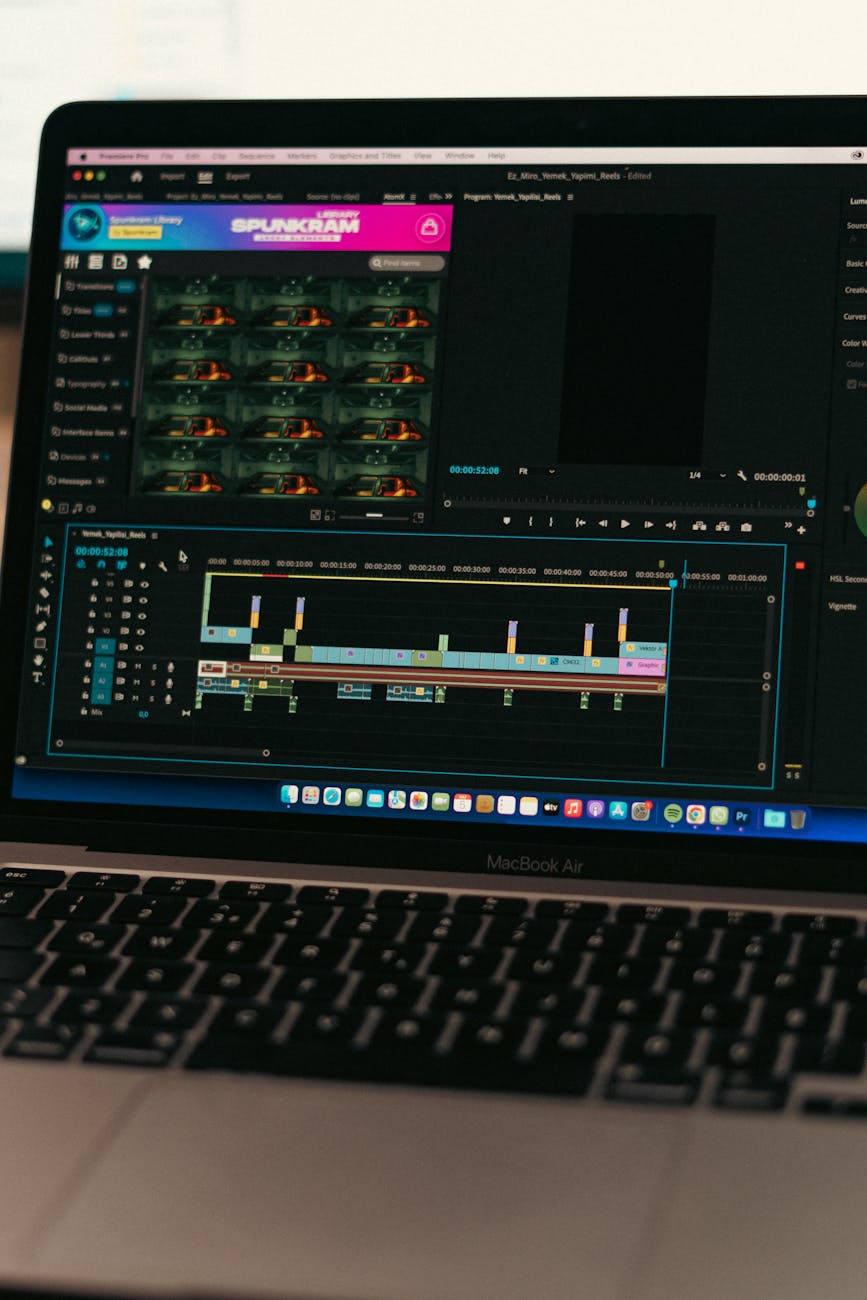Your First Steps: Mastering VS Code as a Beginner
Visual Studio Code, or VS Code as it’s commonly known, has rapidly become the go-to code editor for developers of all skill levels. Its versatility, extensive customization options, and powerful features make it a compelling choice for everything from simple HTML edits to complex software development projects. But for a beginner, the sheer number of options can feel overwhelming. This article aims to demystify VS Code, guiding you through the essential setup, core functionalities, and helpful extensions that will transform you from a novice to a confident VS Code user. We’ll cover installation, basic navigation, essential settings, and some must-have extensions to boost your productivity. Let’s dive in and unlock the potential of this powerful tool!
Installation and Initial Setup
Getting started with VS Code is remarkably straightforward. Head over to the official website (https://code.visualstudio.com/) and download the appropriate version for your operating system (Windows, macOS, or Linux). The installation process is standard for each platform – simply follow the on-screen instructions. Once installed, launch VS Code. You’ll be greeted with a welcome screen offering options to explore documentation, create a new file, or open an existing project. It’s worth noting that VS Code is built on Electron, meaning it’s cross-platform and shares a similar architecture to applications like Slack and Discord. During the initial setup, you might be prompted to select a theme – choose one that’s visually appealing to you, as you’ll be spending a lot of time looking at it!
Navigating the VS Code Interface
Understanding the VS Code interface is crucial for efficient coding. Let’s break down the key areas:
- The Activity Bar: Located on the left side, this bar provides quick access to essential features like File Explorer, Search, Source Control (Git), Extensions, and Debugging.
- The Editor: This is where you write and edit your code. You can open multiple files, and they’ll appear as tabs at the top.
- The Status Bar: At the bottom, this bar displays information like the current file path, Git branch, and any active errors or warnings.
- The Terminal: Accessed through the View menu or by pressing Ctrl+` (backtick), the terminal allows you to run commands, execute scripts, and interact with your system.
Mastering keyboard shortcuts will significantly speed up your workflow. Some essential ones to learn early on include: Ctrl+N (new file), Ctrl+O (open file), Ctrl+S (save), Ctrl+Z (undo), Ctrl+Y (redo), and Ctrl+F (find). VS Code also offers excellent IntelliSense, providing code completion and suggestions as you type, which is a huge help for beginners.
Essential Settings and Customization
VS Code’s true power lies in its customization options. You can tailor the editor to your specific preferences and workflow. Access the settings by going to File > Preferences > Settings (or using the shortcut Ctrl+,). The settings are divided into two sections: User and Workspace. User settings apply globally to all your VS Code projects, while Workspace settings are specific to the current project. Some key settings to consider:
- Font Size and Family: Adjust these for optimal readability.
- Theme: Choose a theme that suits your visual preferences.
- Indent Size: Configure the number of spaces used for indentation.
- Auto Save: Enable auto-saving to prevent data loss.
- File Associations: Associate specific file extensions with the appropriate language modes (e.g., .html with HTML).
Experiment with different settings to find what works best for you. VS Code’s settings are JSON files, so you can also directly edit them for more advanced customization.
Boosting Productivity with Extensions
VS Code’s extension marketplace is a treasure trove of tools that can significantly enhance your coding experience. Extensions add new features, language support, debugging tools, and more. To access the marketplace, click on the Extensions icon in the Activity Bar (or press Ctrl+Shift+X). Here are a few recommended extensions for beginners:
| Extension Name | Description | Benefits for Beginners |
|---|---|---|
| Prettier – Code formatter | Automatically formats your code to maintain consistency. | Reduces errors and improves code readability. |
| ESLint | Lints JavaScript code to identify potential errors and style issues. | Helps you write cleaner and more maintainable JavaScript. |
| Live Server | Starts a local development server with live reload functionality. | Allows you to see your changes instantly in a browser. |
| Bracket Pair Colorizer | Colors matching brackets to improve code clarity. | Easier to track nested code blocks. |
Explore the marketplace and try out different extensions to find those that best suit your needs. Read reviews and check the extension’s popularity before installing.
Conclusion
Congratulations! You’ve taken your first steps towards mastering Visual Studio Code. We’ve covered the essential aspects, from initial installation and navigating the interface to customizing settings and leveraging the power of extensions. Remember that VS Code is a highly customizable tool, so don’t be afraid to experiment and tailor it to your specific workflow. Understanding the Activity Bar, Editor, Status Bar, and Terminal is fundamental to efficient coding. Adjusting settings like font size, theme, and indentation will significantly improve your coding comfort. Finally, exploring the extension marketplace and installing tools like Prettier, ESLint, and Live Server can dramatically boost your productivity and code quality. With continued practice and exploration, VS Code will become an indispensable part of your development toolkit, empowering you to tackle increasingly complex projects with confidence and ease. Happy coding!
